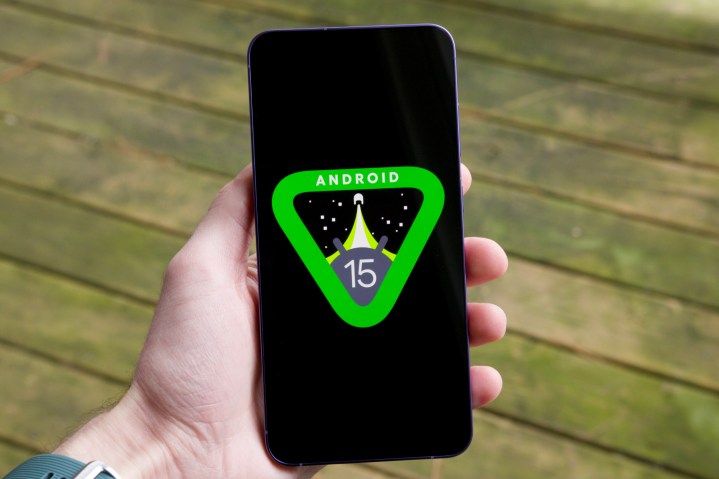However, the gap between platforms is rapidly closing.
A recent study of the smartphone market by Counterpoint Research indicates that the average amount of flash memory on smartphones exceeded 100 GB in the past year.

In this, the iPhone is ahead of Android smartphones. The average amount of flash memory in iOS devices is almost one and a half times more
Looking at the iOS and Android platforms, we see a big difference: in the fourth quarter of last year, the former had an average non-volatile memory of 140.9 GB, while the latter had 95.7 GB. However, the gap between platforms is rapidly closing, as Android smartphone makers, following Apple, refuse to release models with a tiny amount of memory.
This is confirmed by dry statistics: in 2020, the average capacity of smartphones running iOS grew by 5.6%, while on Android the jump was 20.5%. It also suggests that Apple never offered more than 512GB of storage to users. The manufacturer set such a threshold back in 2018. In the meantime, Android makers like Samsung have broken that bar and were able to offer 1TB of flash storage for the first time back in 2019 with the release of the Galaxy S10 +.
Analysts point out that most mid-range and high-end smartphones today require at least 128GB of flash storage to function properly.




